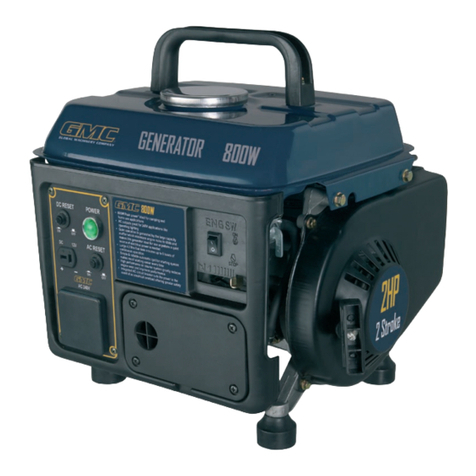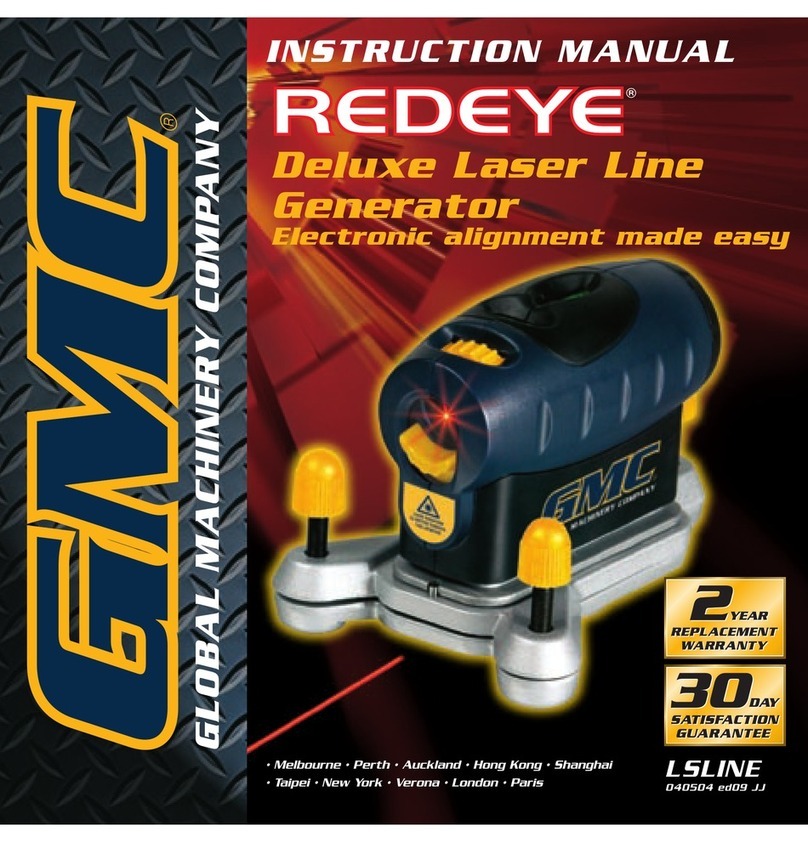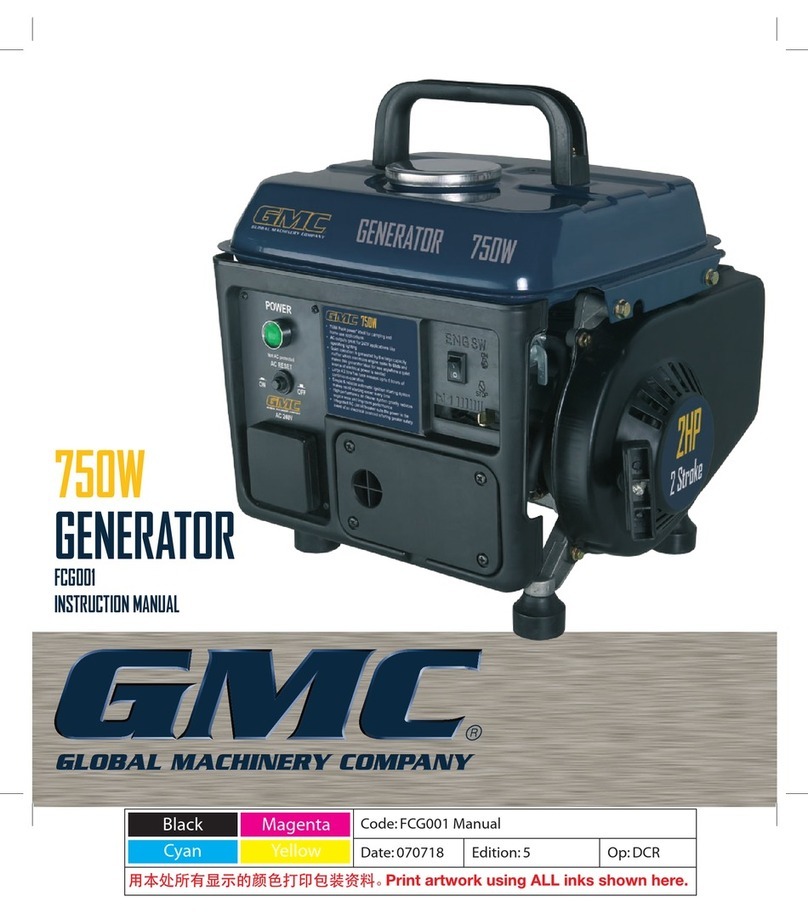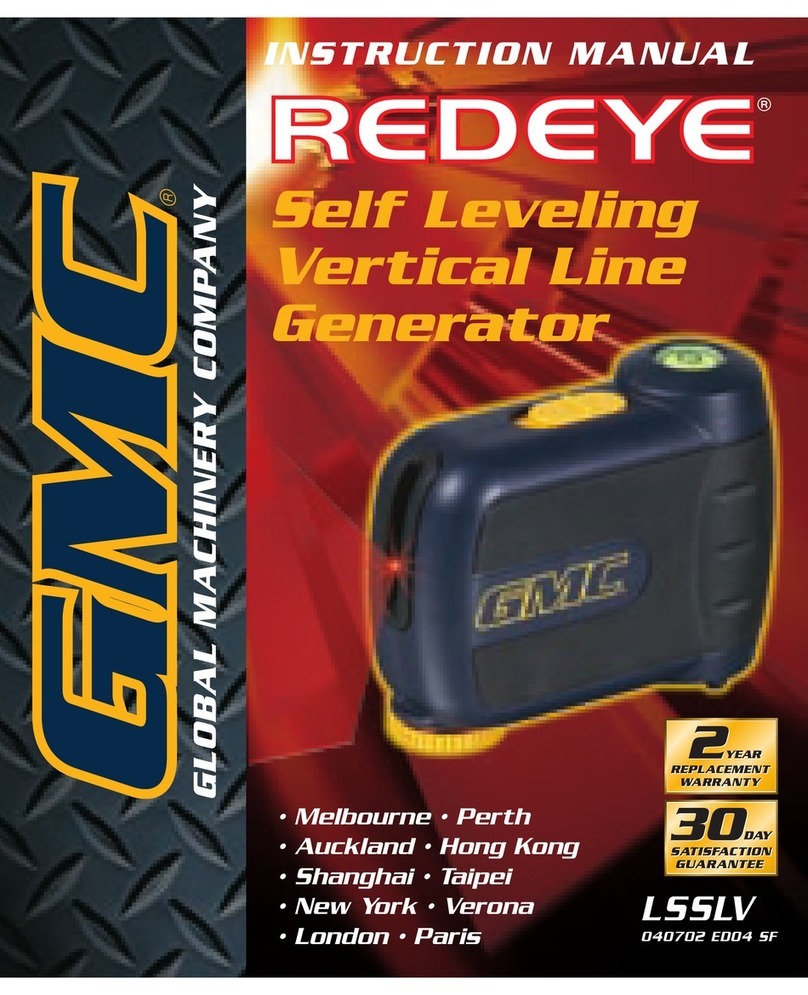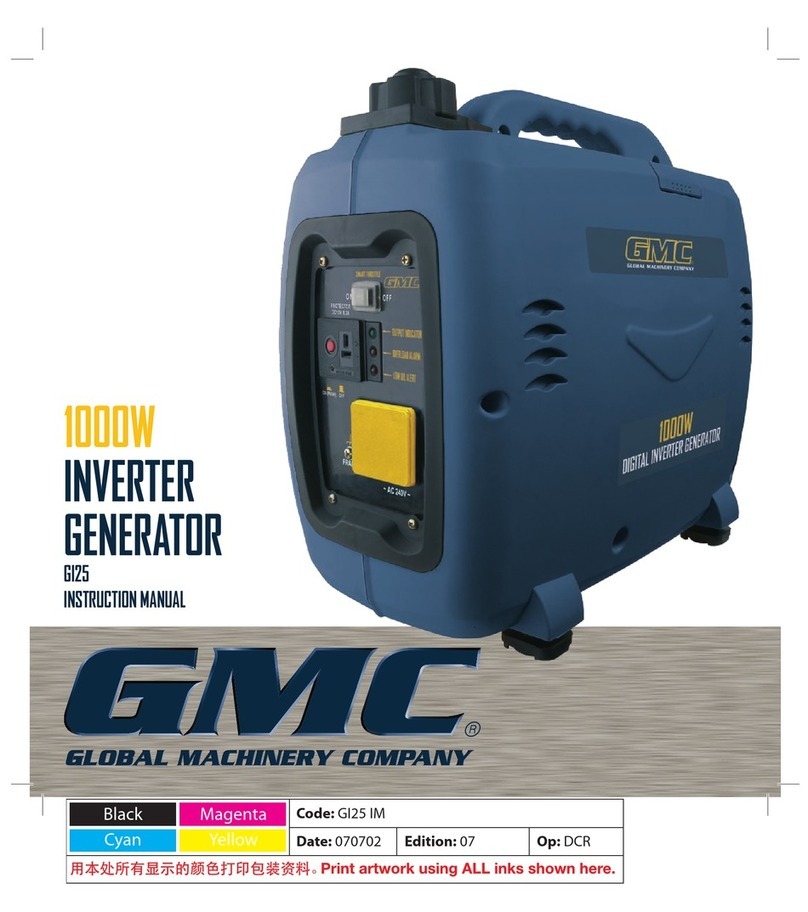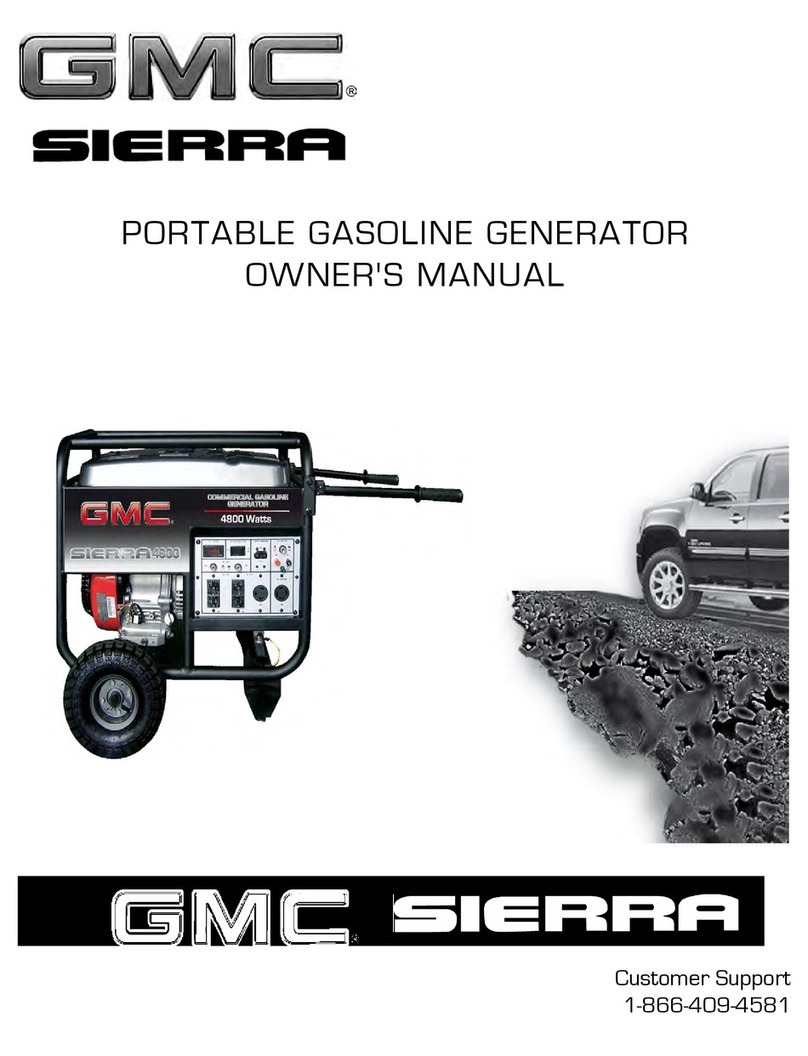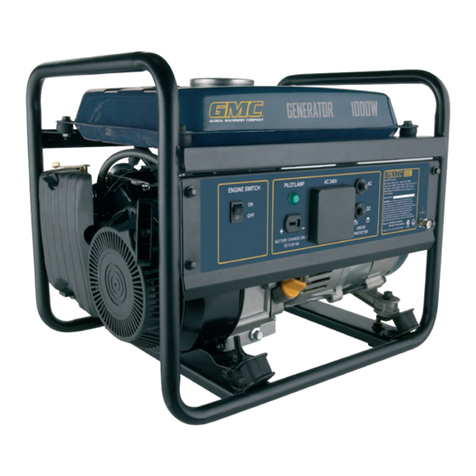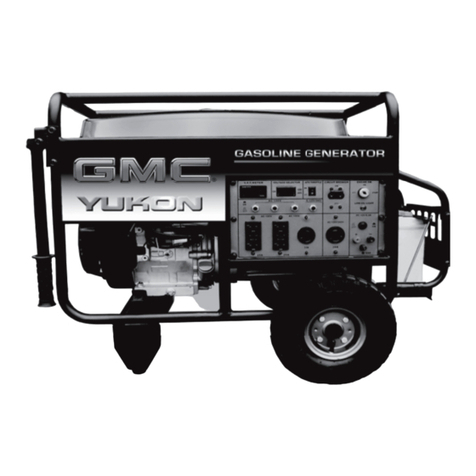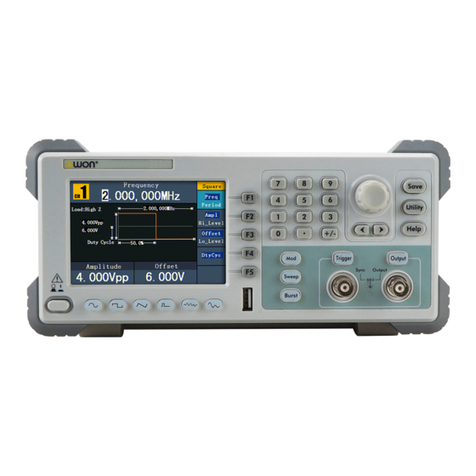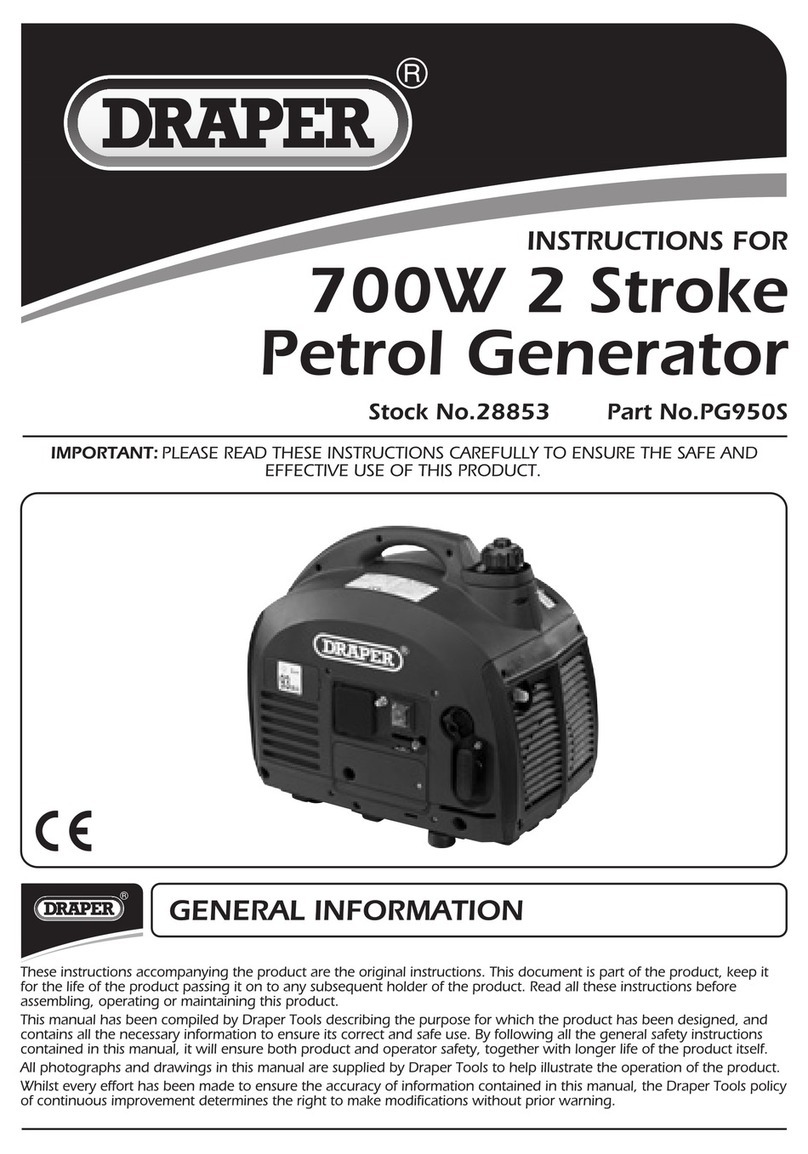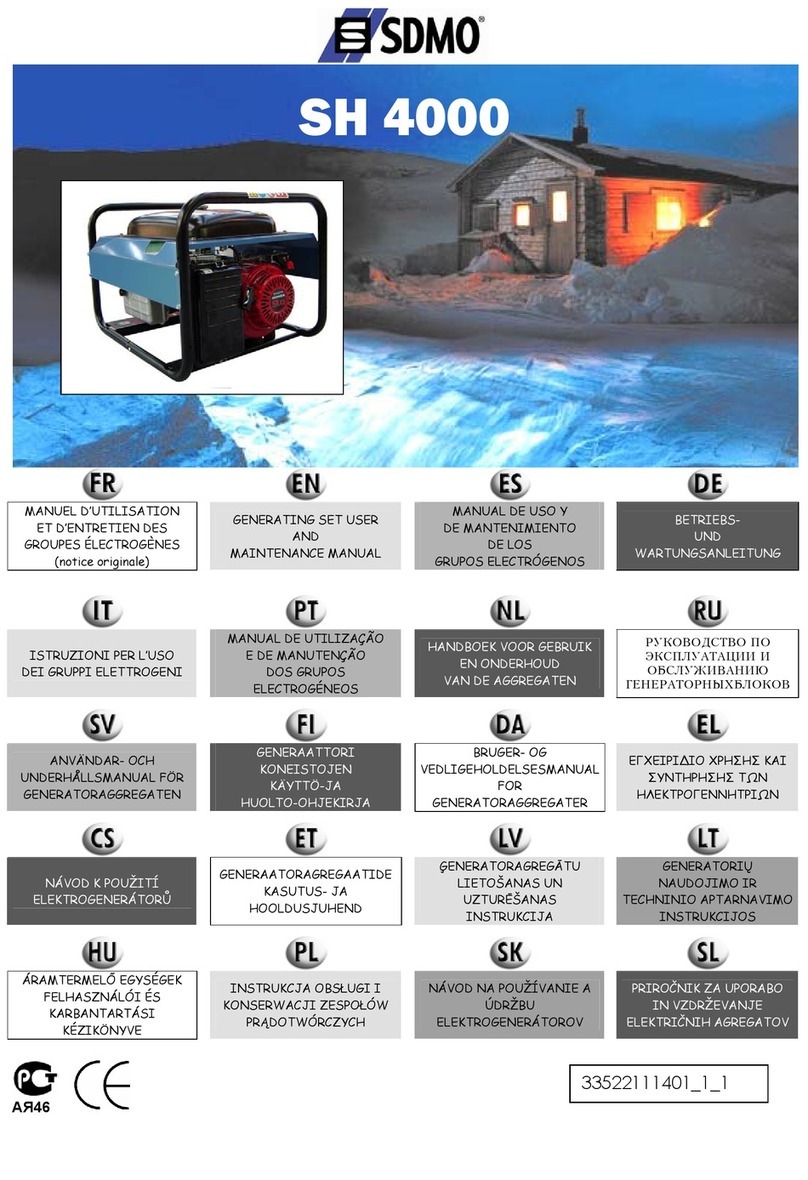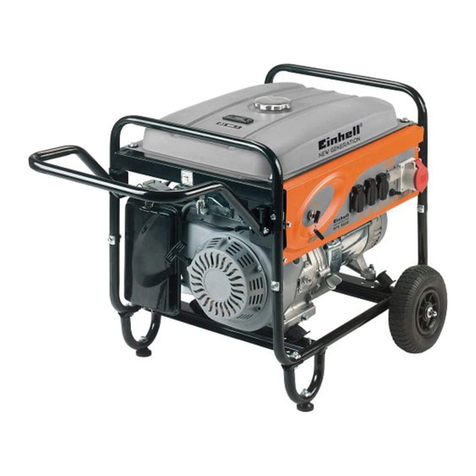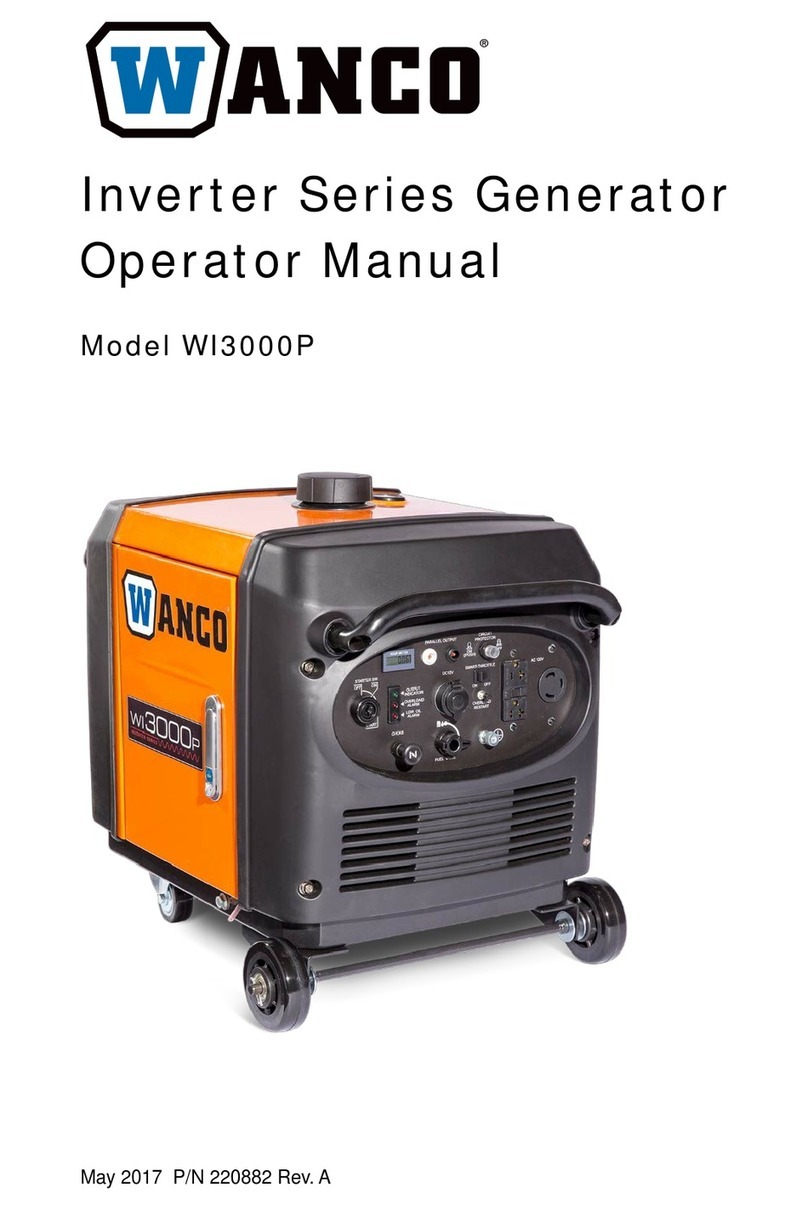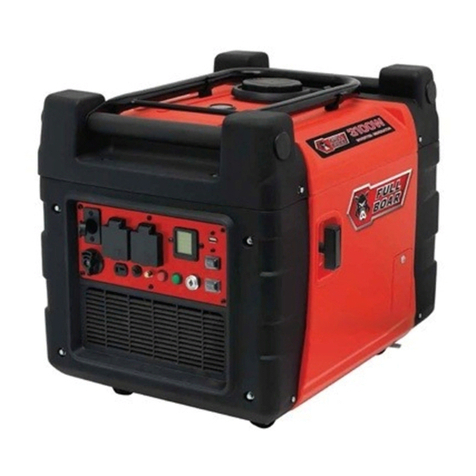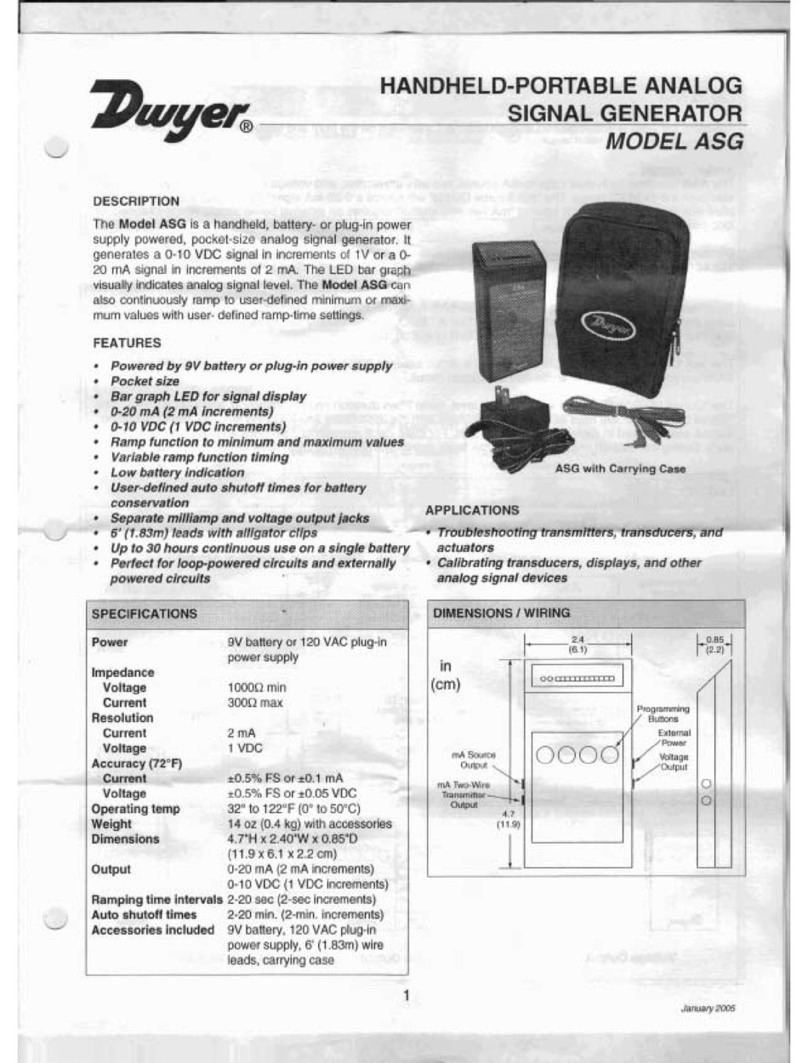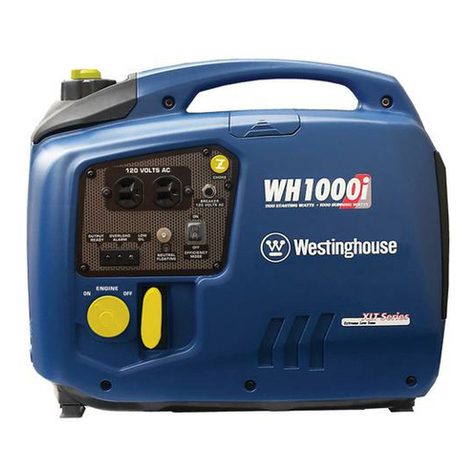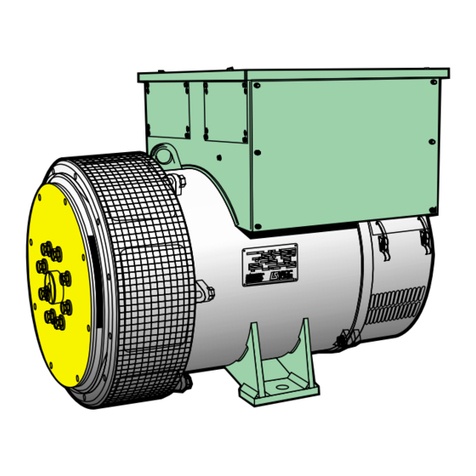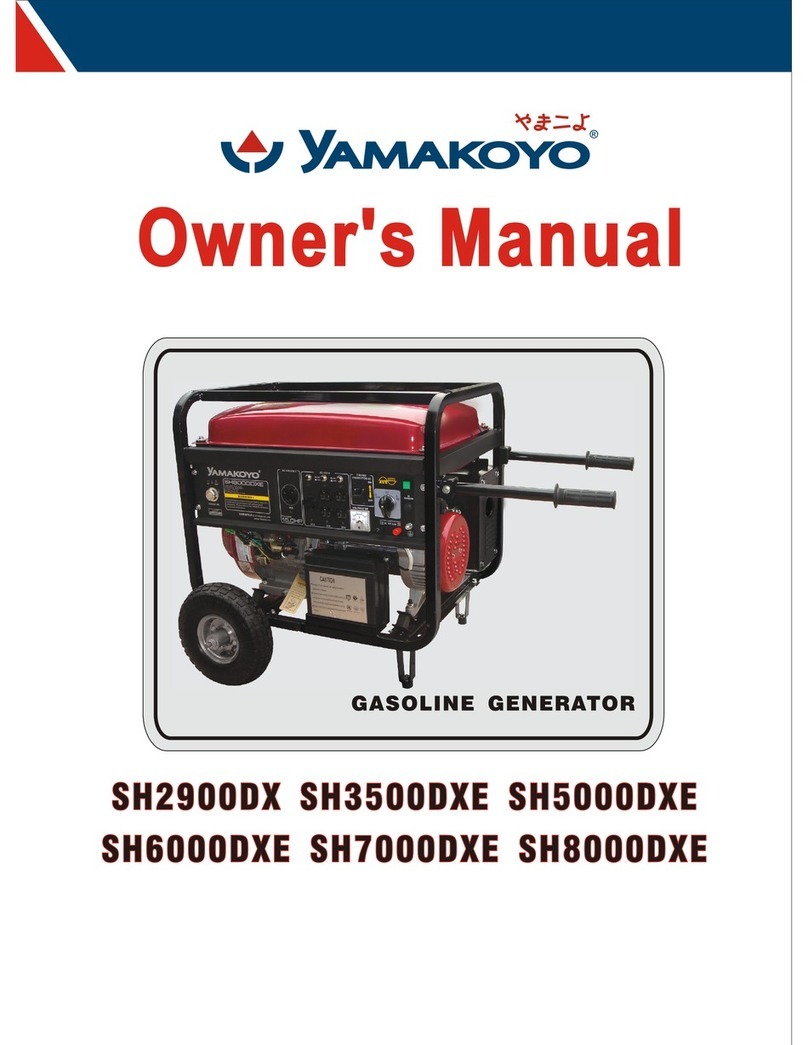
GB
7
General Safety
WARNING: Read all safety warnings and all instructions. Failure to follow the warnings
and instructions may result in electric shock, fire and/or serious injury.
WARNING: This appliance is not intended for use by persons (including children) with
reduced, physical or mental capabilities or lack of experience or knowledge unless
they have been given supervision or instruction concerning use of the appliance by a
person responsible for their safety. Children must be supervised to ensure that they do not
play with the appliance.
Save all warnings and instructions for future reference.
1) Work area safety
a) Keep work area clean and well lit. Cluttered or dark areas invite accidents.
b) Do not operate tools in explosive atmospheres, such as in the presence of
flammable liquids, gases or dust.
c) Keep children and bystanders away while operating a powered tool. Distractions can
cause you to lose control.
2) Personal safety
a) Stay alert, watch what you are doing and use common sense when operating a
powered tool. Do not use a powered tool while you are tired or under the influence
of drugs, alcohol or medication. Amoment of inattention while operating a powered
tool may result in serious personal injury.
b) Use personal protective equipment.Always wear eye protection. Protective
equipment such as dust mask, non-skid safety shoes, hard hat, or hearing protection
used for appropriate conditions will reduce personal injuries.
c) Prevent unintentional starting. Ensure the switch is in the off-position when not
operating the tool and make use of other safety features which prevent unintentional
starting
d) Remove any adjusting key or wrench before turning the powered tool on. Awrench
or a key left attached to a rotating part of the tool may result in personal injury.
e) Do not overreach. Keep proper footing and balance at all times. This enables better
control of the tool in unexpected situations.
f) Dress properly. Do not wear loose clothing or jewelry. Keep your hair, clothing and
gloves away from moving parts. Loose clothes, jewelry or long hair can be caught in
moving parts.
g) If devices are provided for the connection of dust extraction and collection
facilities, ensure these are connected and properly used. Use of dust collection can
reduce dust-related hazards.
WARNING: User exposure to tool vibration can result in loss of sense of touch, numbness,
tingling and reduced ability to grip. Long term exposure can lead to a chronic condition.
If necessary limit the length of time exposed to vibration. Use the figures provided in the
specification relating to vibration if provided to calculate the duration and frequency of
operating the tool. The 2002/44/EC directive relating to vibration in the workplace may provide
useful information even for domestic use of tools. In the first instance of feeling uncomfortable
due to vibration STOP using the tool immediately.
WARNING: Always wear ear protection where the sound level exceeds 85dB(A) and limit the
time of exposure if necessary. If sound levels are uncomfortable even with ear protection stop
using the tool immediately and check the ear protection is correctly fitted and provides the
right level of sound attenuation for the level of sound produced by your tool.
3) Tool use and care
a) Maintain tools. Check for misalignment or binding of moving parts, breakage of
parts and any other condition that may affect the tool’s operation. If damaged, have
the tool repaired before use. Many accidents are caused by poorly maintained tools.
b) Keep cutting tools sharp and clean. Properly maintained cutting tools with sharp cutting
edges are less likely to bind and are easier to control.
c) Use the tool’s accessories and tool bits etc. in accordance with these instructions,
taking into account the working conditions and the work to be performed. Use of
the tool for operations different from those intended could result in a hazardous situation.
4) Service
a) Have your tool serviced by a qualified repair person using only identical
replacement parts. This will ensure that the safety of the tool is maintained.
Internal Combustion Engine Safety
Dangerous environment
• DO NOT use petrol tools in damp or wet conditions, or expose them to rain. Provide
adequate surrounding work space and keep area well lit.
• DO NOT use petrol tools where there is a risk of explosion or fire from combustible
material, flammable liquids, flammable gases, or dust of an explosive nature
Switch off
• Ensure that the engine has stopped before attaching any accessories to the tool
• If the tool stops unexpectedly ensure that the power is switched off and the engine is not
running before attempting to check the tool
Running-in the engine
• New tools should be used at moderate speed
• DO NOT maintain high engine speed until the engine is completely run-in
• The engine will not be capable of developing maximum power until the end of the
running-in period
• When first using the tool, periodically stop and check that all nuts and screws are securely
fastened and tighten them as necessary
• DO NOT use fuels containing methanol or ethanol, as these may cause internal damage
to the fuel tank and fuel lines
Warning
• NEVER leave the tool running unattended
• NEVER leave the machine unattended when parts are still hot
• ALWAYS have a fire extinguisher close by when operating combustion engines
Servicing
• We recommended that your tool is serviced shortly after its first use
• In normal use, have the tool serviced regularly
• DO NOT modify any of the components of this tool. To do so would invalidate your
guarantee, and could result in injury to yourself or others around you
• ALWAYS have your tool serviced at an authorised service centre
Storage
• Clean the tool completely after use
• Be careful not to damage the fuel tank, or fuel lines, when it is placed on the ground
• Ensure that the tool will not be subject to impact damage; any damage could cause the
tool to become unsafe
• Store the tool away from direct sunlight
• Ensure that fuel and oil is stored in a safe place, away from heat, direct sunlight or any
source of ignition
• Whenever the machine is likely to be out of use for an extended period of time, proceed
as follows:
• Empty the fuel tank completely
• Protect all metal engine parts from corrosion by coating them with oil
• Remove the spark plug, put a few drops of oil into the cylinder and then pull the recoil
starter 2 to 3 times in order to distribute the oil evenly
• Replace the spark plug
• Never store the machine where children may gain access to it
THIS PRODUCT PRODUCES POISONOUS EXHAUST FUMES AS SOONAS THE ENGINE
IS RUNNING. THESE GASES MAYBE COLOURLESS AND ODOURLESS. TO REDUCE
THE RISK OF SERIOUS OR FATAL INJURY, NEVER RUN THE MACHINE INDOORS, OR
IN POORLYVENTILATED AREAS. ENSURE PROPER VENTILATION WHEN WORKING
IN TRENCHES OR OTHER CONFINED SPACES.
229934_Z1MANPRO1.indd 7 27/11/2013 12:09
